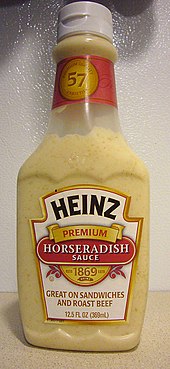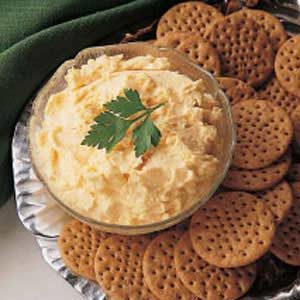Horseradish a root vegetable used as a spice is a perennial plant in the same family as wasabi, broccoli and cabbage. Native to southeastern Europe and western Asia but very popular around the world. Horseradish grows to around 4-5 feet tall and is cultivated for its large, white root.
The root before cut or grated has hardly any aroma. However, when cut or grated the enzymes from the broken plant cells break to produce a mustard oil. The oil irritates our sinuses and eyes. The horseradish should be grated and mashed at once to keep the flavor. The root once exposed to air or heat will lose its pungency, dark color and gain a bitter taste.
The root and leaves of the horseradish plant have been used in medicine during the middle ages. The root was used as a condiment on meals in Germany, Scandinavia and Britain. Horseradish has been used as strong antibiotic, to increase the blood pressure, heats up the body, stimulates the body's immune system, and works as anti-inflammatory. Horseradish is also great as a diuretic, stimulates the appetite and is recommended for those that suffer from high blood pressure.
Cooks use the terms "horseradish" or "prepared horseradish" when referring to the grated root of the horseradish plant mixed with vinegar. Prepared horseradish is white to creamy beige in color. Horseradish sauce keeps for months refrigerated but will darken eventually which indicates flavor has been lost. The leaves are edible but are not often eaten.
If you love horseradish then you will most likely enjoy this delicious recipe. If you have never tried then may I offer this recipe for a dip that includes horseradish as the ingredient.
1 cup mayonnaise
1/2 cup horseradish
Assorted crackers
Melt cheese in the top of a double boiler. Remove from the heat. Stir in mayonnaise and horseradish. Pour into a small crock or ceramic bowl. Chill. Serve with crackers. Yield: about 2-1/2 cups.





No comments:
Post a Comment
I love comments so if you have a minute leave me your thoughts on the above post